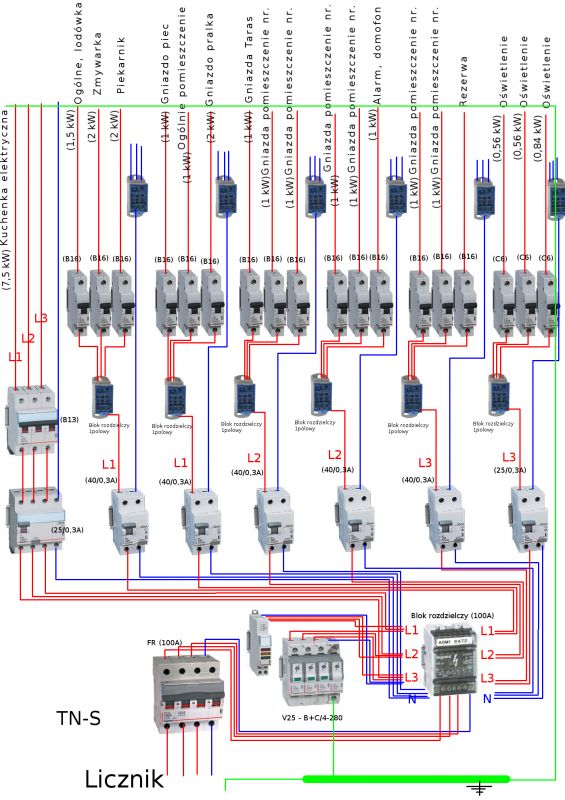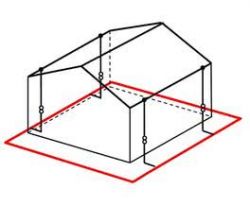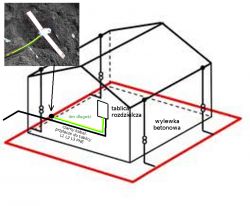Hello,
I would like to ask honorable users to comment on this installation of a switchboard for a single-family house. In the subject of electrical circuits, I will not only enter, please, comment on the box itself, phase separation and protection.
Well, this is the design of my electrical installation made by a designer. For ease of use for myself I switched the diagram to a version that is easier to digest. Please check if the diagram agrees with the graphic version.
Personally, I think that the designer exaggerated with the number of differentials ...
Is the surge voltage connected to the distribution block as shown?
Thanks in advance to everyone for your help



I would like to ask honorable users to comment on this installation of a switchboard for a single-family house. In the subject of electrical circuits, I will not only enter, please, comment on the box itself, phase separation and protection.
Well, this is the design of my electrical installation made by a designer. For ease of use for myself I switched the diagram to a version that is easier to digest. Please check if the diagram agrees with the graphic version.
Personally, I think that the designer exaggerated with the number of differentials ...
Is the surge voltage connected to the distribution block as shown?
Thanks in advance to everyone for your help









